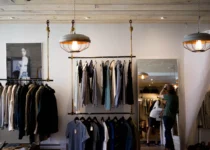The Pockets Revolution: How Pocketed Dresses Redefine Fashion
The history of fashion is replete with both innovation and function, yet it took an inordinate amount of time for women’s wear to blend style and practicality seamlessly. The transformative power of pocketed dresses stands as a testament to this blend, reshaping the way fashion is perceived and utilized by women globally. Today, we delve into the “Pockets Revolution,” discussing its origins, implications, and lasting effects on the world of fashion.
Historical Disconnect

Before discussing the rise of pocketed dresses, it’s essential to understand the historical context that paved the way for this shift. You can find some dresses with pockets here!
Traditionally, women’s clothing has been centered on aesthetics, often sidelining utility. From the cumbersome crinolines of the 19th century to the skin-tight silhouettes of the 20th, practical considerations rarely took center stage. Pockets, an ostensibly simple addition, were conspicuously absent in women’s attire. Women relied on purses, clutches, and other accessories to carry their essentials, while men enjoyed the convenience of pockets in almost all their outfits.
Origins of the Revolution
The idea of pocketed dresses wasn’t new, but its widespread acceptance and celebration emerged prominently in the 21st century. The pockets revolution was fueled by a confluence of factors:
- Feminism and Equality: As women’s rights movements gained momentum, fashion became a tool for socio-political expression. Women began to question the absence of pockets in their clothes, linking it to larger themes of gender inequality.
- The Digital Age: The proliferation of gadgets, notably smartphones, meant that women needed an easily accessible place to store these devices. Dresses with pockets catered to this practical necessity.
- Consumer Demand: As more women vocalized their desire for pocketed dresses, designers and retailers took note. The market responded by churning out designs that blended beauty with utility.
The Socio-Cultural Impact
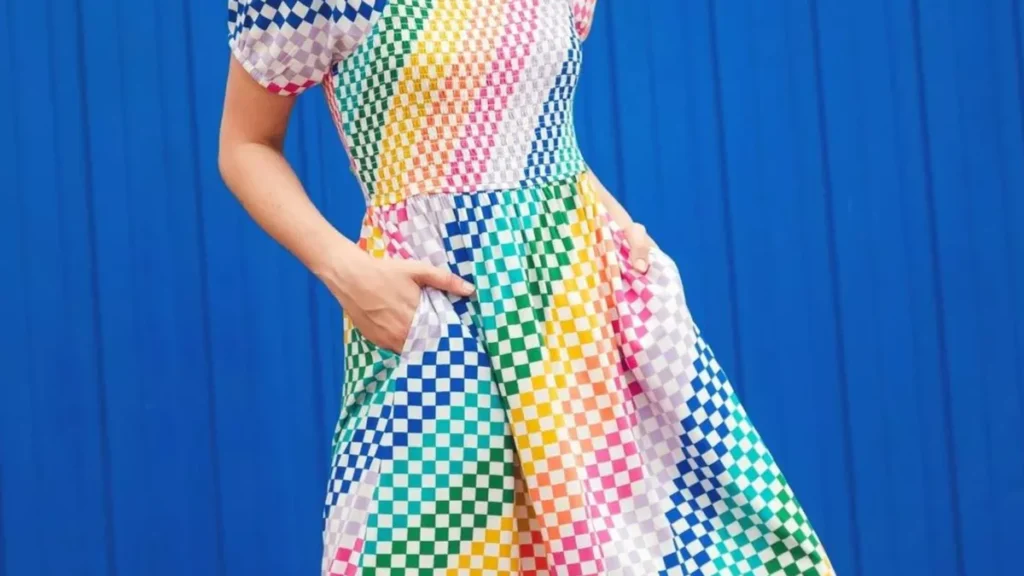
The pockets revolution was not just about a clothing modification; it spoke to deeper societal issues.
- Empowerment: For many women, the pocketed dress became a symbol of emancipation. It signified freedom from carrying handbags for small essentials and represented a small but significant step towards gender equity in fashion.
- Versatility in Styling: With pockets, dresses became suitable for more occasions. A pocketed dress could be worn at a formal event, a casual outing, or a business meeting. This versatility was a game-changer.
- Economic Implications: The demand for pocketed dresses opened up a new market segment. Designers, both established and emerging, started incorporating pockets into their creations, leading to increased sales and innovation in the industry.
Aesthetic Innovations
As pockets became a staple in women’s dresses, designers played with their placement, size, and appearance to add to the garment’s aesthetic appeal.
- Hidden Pockets: These were seamlessly integrated into the dress’s design, offering utility without compromising the outfit’s silhouette.
- Decorative Pockets: In some designs, pockets were embellished or made with contrasting materials, turning them into statement features of the dress.
- Versatile Designs: Pockets were introduced in various styles of dresses, from maxi to mini, ensuring that every woman could find a pocketed dress that matched her personal style.
The Critique and Way Forward
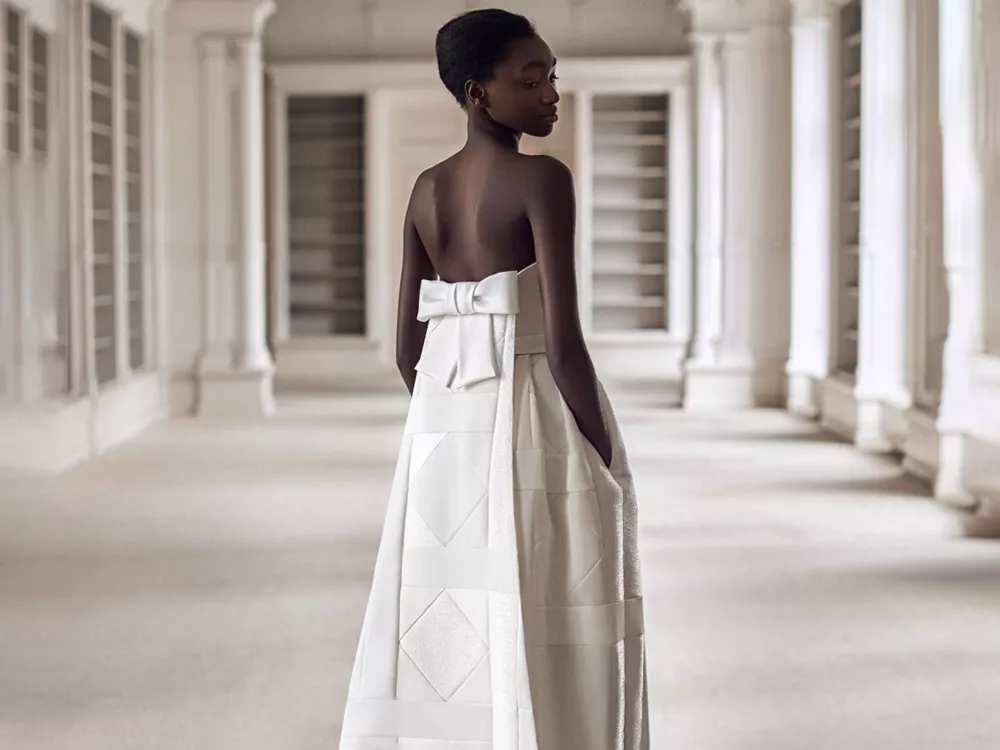
While the pockets revolution was largely positive, it wasn’t without its critiques.
- Compromised Functionality: Some argued that the pockets in women’s dresses, especially in sleeker designs, were often too shallow or narrow, compromising their utility.
- Over-commercialization: As with any trend, there was a risk of the market flooding with poorly made pocketed dresses, which diluted the essence of the revolution.
However, the pockets revolution’s trajectory suggests a forward march. With consumer feedback and evolving designs, pocketed dresses will continue to be refined, ensuring that they remain both stylish and functional.
The Global Reception
The pockets revolution was not restricted to any single country or culture. It received widespread acclaim across continents, serving as a testament to its universal appeal and need.
- Eastern Adaptation: In countries like India and Japan, traditional garments like sarees and kimonos, which historically lacked pockets, began to see innovative adaptations. Designers integrated pockets into these traditional wear, offering a blend of heritage and functionality.
- Runway Recognition: High-fashion runways, often a bastion of avant-garde designs, started showcasing pocketed dresses. This integration into haute couture signaled the complete acceptance of the pocketed trend at all fashion tiers.
Pocketed Dresses and Sustainability
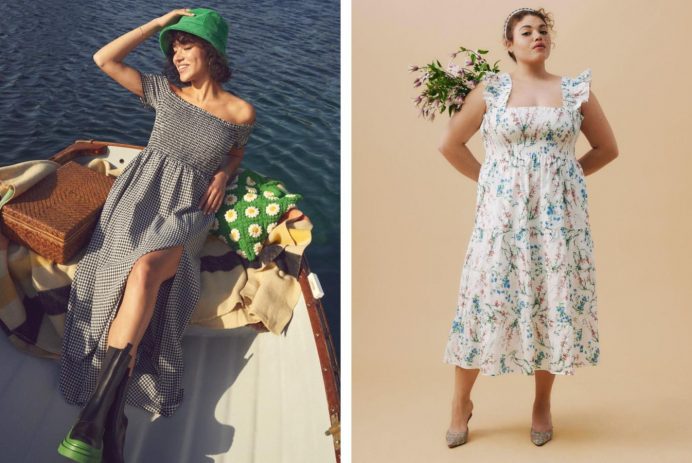
The pockets revolution coincided with another significant movement in fashion: sustainability. The blend of these two paved the way for an exciting intersection.
- Less Reliance on Accessories: With the convenience of pockets, many women found they no longer needed to carry large bags for their essentials, leading to a decreased demand for fast fashion accessories.
- Eco-friendly Materials: Aware consumers started looking for pocketed dresses made from sustainable materials, leading designers to explore eco-friendly options that were both stylish and functional.
Pop Culture’s Embrace
The influence of pop culture on fashion trends is undeniable. The pockets revolution found many advocates in popular culture icons.
- Celebrities on Red Carpets: It wasn’t uncommon to find a celebrity flaunting her pocketed dress on the red carpet, sometimes humorously showcasing its functionality by pulling out unexpected items.
- TV Shows & Movies: Screenwriters and directors began using the pocketed dress as a metaphorical tool, sometimes highlighting a character’s independence or practical nature through their choice of a pocketed outfit.
Bridging the Gender Divide
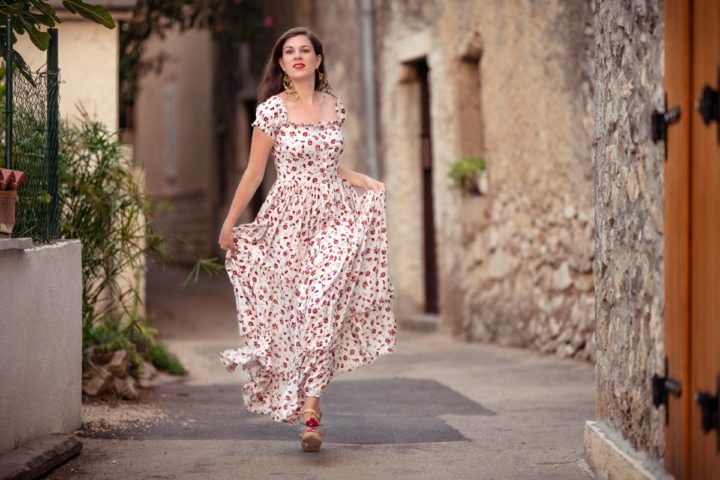
While pocketed dresses addressed a gap in women’s fashion, they also spurred a broader conversation about gender-neutral fashion.
- Pockets for All: Recognizing the universal utility of pockets, designers began experimenting with pocketed designs in clothing for all genders, challenging traditional notions and breaking down gender barriers in fashion.
- Unisex Collections: Brands started releasing collections that catered to all genders, often with pocketed designs as a staple, symbolizing a move towards fashion that prioritizes function and inclusivity.
The Future of Pocketed Fashion
The pockets revolution, while monumental, is only the beginning. As fashion continues to evolve, the integration of function and style will become even more pronounced.
- Tech-integrated Pockets: With technology becoming more compact, future pocketed dresses might feature pockets specifically designed for tech items, potentially with built-in chargers or protective linings.
- Customizable Pockets: There’s potential for pockets that can be adjusted in size or position based on individual needs, ensuring maximum comfort and utility.
Wrapping Up
Fashion, at its best, is an amalgamation of culture, utility, and art. The pockets revolution beautifully epitomizes this blend, standing as a testament to the power of functional design and the importance of listening to consumer needs.
As we look to the future, pocketed dresses serve as a reminder of fashion’s potential to drive change, innovate, and redefine norms. It is not just a trend but a movement, one that has firmly stitched the needs of women into the very fabric of fashion.


